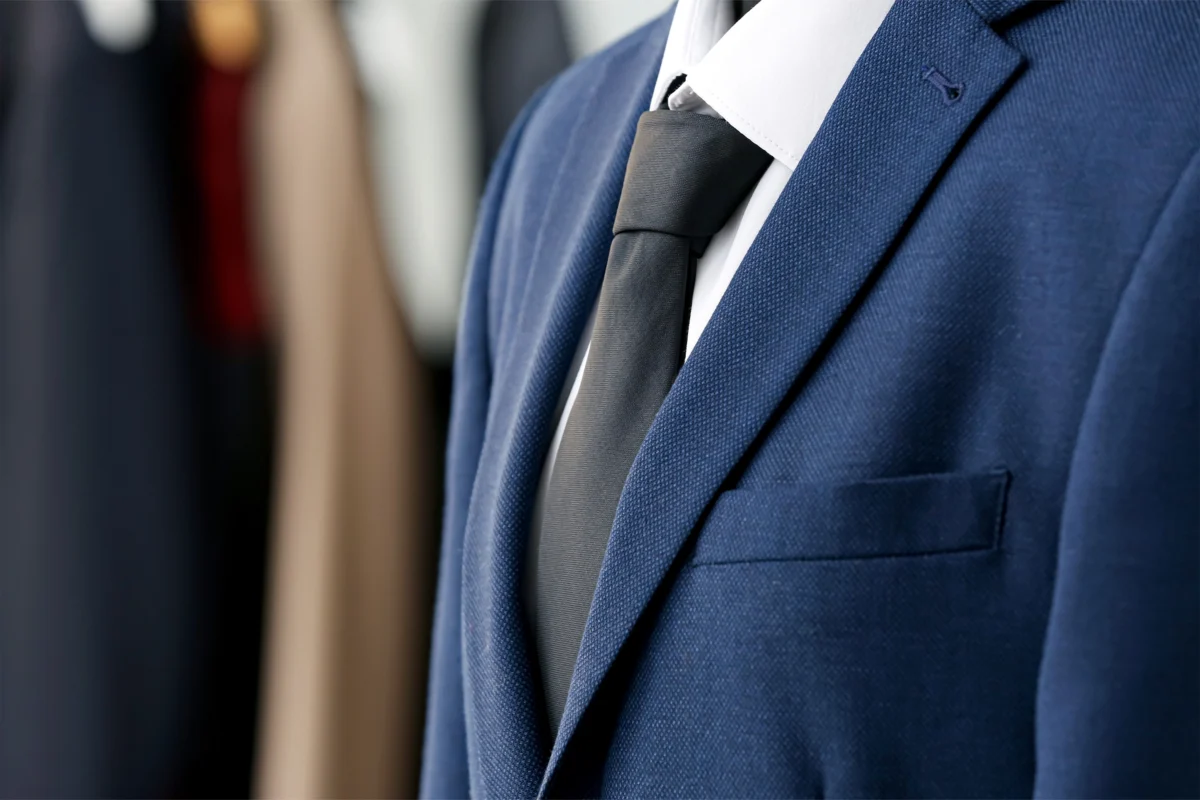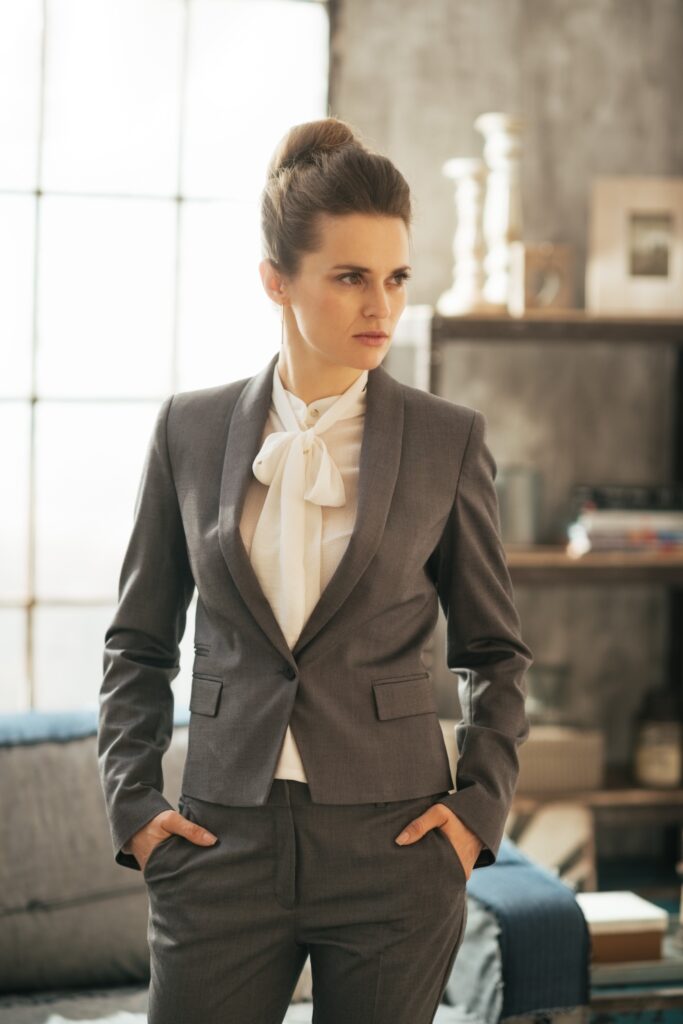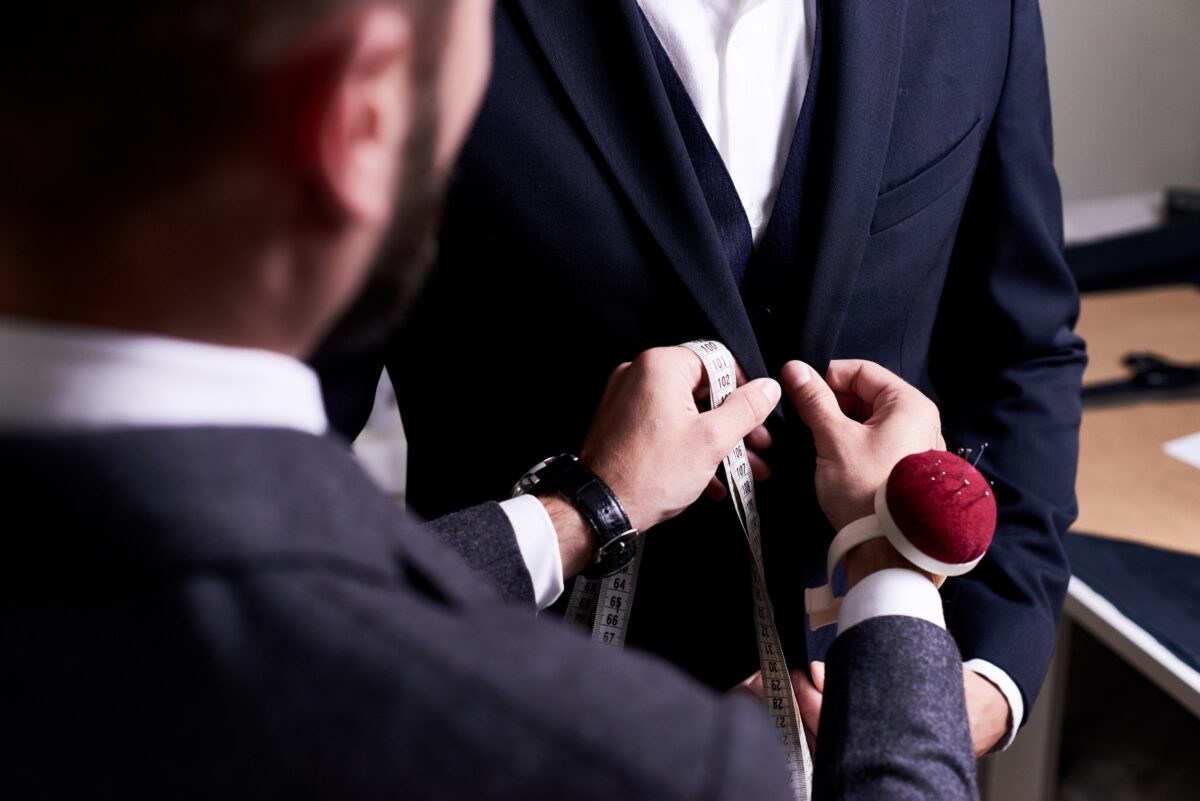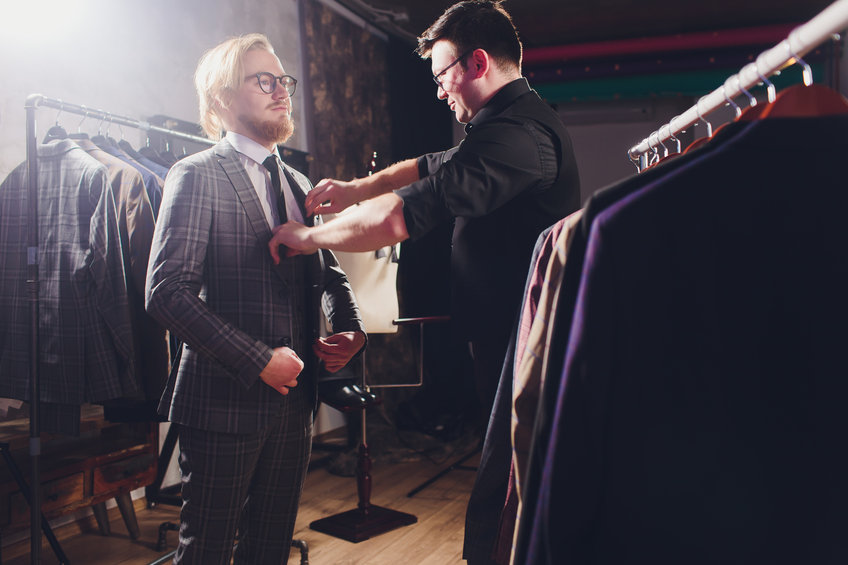What is the Process of Buying a Bespoke Suit?
A suit is an important attire that everyone should have; it is the type of fabric that is relied upon in many occasions such as interviews, weddings, court hearings among many others. A bespoke suit not only serves these purposes, but it also gives you the opportunity for you to display your uniquely shaped physique elegantly.
Since bespoke suits are unique, their purchase process is also different. This article dives into the detailed steps of getting your hands on a nice piece of garment that satisfies your ambitions, taste and preferences.
Consultation with the Designer
The process starts with you identifying your most preferred bespoke suit maker in town. You then pay them a visit. It is during this step that you intricately explain to the designer, your unique ambitions, taste and preferences.
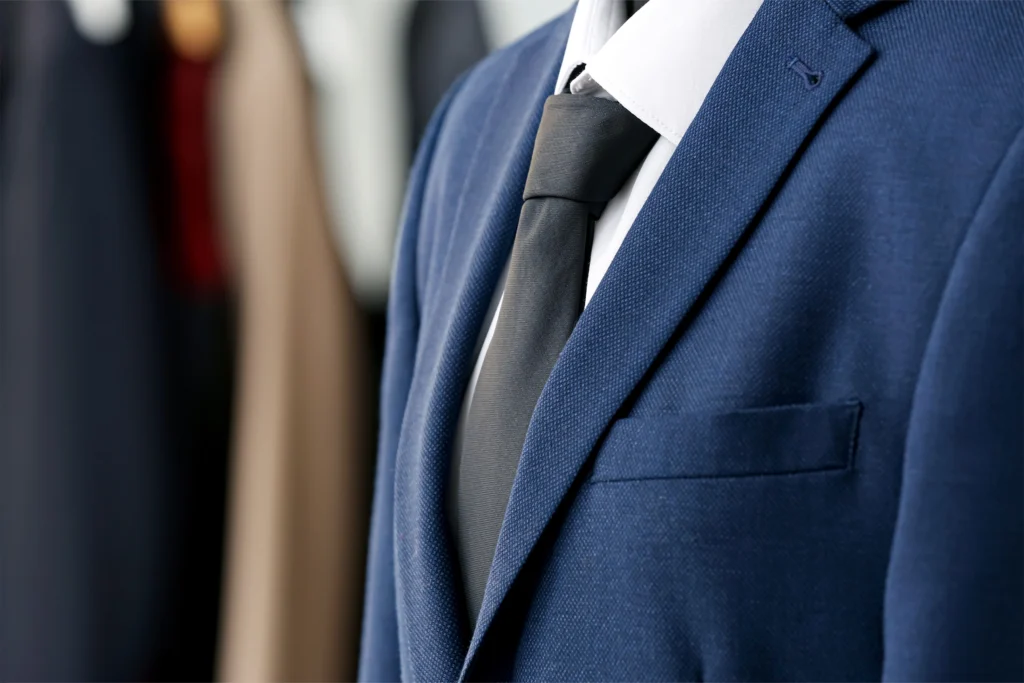
Mannequin With Male Clothes In Boutique
You also get to explain to them the purpose or the upcoming occasion where you want to use the suit. All this time, the designer pays close attention to your demands and starts visualizing the final product.
Measurements Taking
Having keenly listened and understood your demands and purpose of the suit, the designer then takes measurements to be used in constructing your garment. This entails taking measurements of the shoulders, arms, legs, waist and cuffs. Since they deal with several clients on daily basis, your designer will note down the measurements against your name on a book.
Choosing the Fabric
With measurements taken, the designer will then take you through the process of selecting the fabric they will use in constructing your garment. They will display for you the myriad materials to choose from, ranging from silk, cotton, cashmere and many more. Factors such as weather, size of budget and occasion type will play a key role when selecting linen for your bespoke suit. Your designer will not only listen, but will also help you pick the material of your choice depending on the above factors.
Customizing Your Preferences
With the material of choice already at hand, you will then explain to the designer any other preferences that you want incorporated to help make a perfectly fitting suit. Such details include things like buttons cuffs, vents and pockets pattern and style of lapels. The designer will meticulously walk with you in this step, giving you their recommendations to ensure you have a quality garment that fits perfectly on your body.
Drafting the Pattern
Now that your tailor has all the details about your dream suit, they will then proceed to draft a pattern of the final product. This is where the artisanship and skills of the designer come in handy to capture all the details and measurements. It is the drafted pattern that helps the designer bring your ambitions to life.
Constructing the Suit
This step encompasses the transfer of your dreams from the drawn pattern to the actual garment. The material is precisely cut according to the measurements taken, while the fabric is sewn and stitched paying attention to detail. In a bid to deliver perfection, finer details such as cuff, button and pockets are hand stitched. Depending on the complexity of the design of your suit, the construction process may take some time, but within the agreed timeline.
Accommodating the Adjustments
During the entire construction process, constant communication between you and the designer is key. During this stage, you still have the opportunity to communicate the desired adjustments if any, to the tailor so that they can accommodate them in the final product. The more the adjustments, the longer it will take constructing your suit so please be patient with the tailor.
Fitting the Suit
Before working on the final touches, the designer will invite you to try out the suit. Fitting helps determine if you are satisfied with the product or if there are areas that need further adjustments. If any, the designer will work on them and give it final touches, signaling the completion of the process. If there are no further adjustments, the designer will fine-tune the suit and the process will be complete.
Delivery of the Final Product
With the suit ready, the designer will iron, fold and pack it according to the specifications of the brand. They will then proceed to dispatch and shipping the suit to your address.
A good suit is necessary have in your wardrobe. What is a better option that going the bespoke route? Now that you know the amount of effort and artistry that goes into making a bespoke suit, you understand why they are a little higher priced than the off rack suits.

